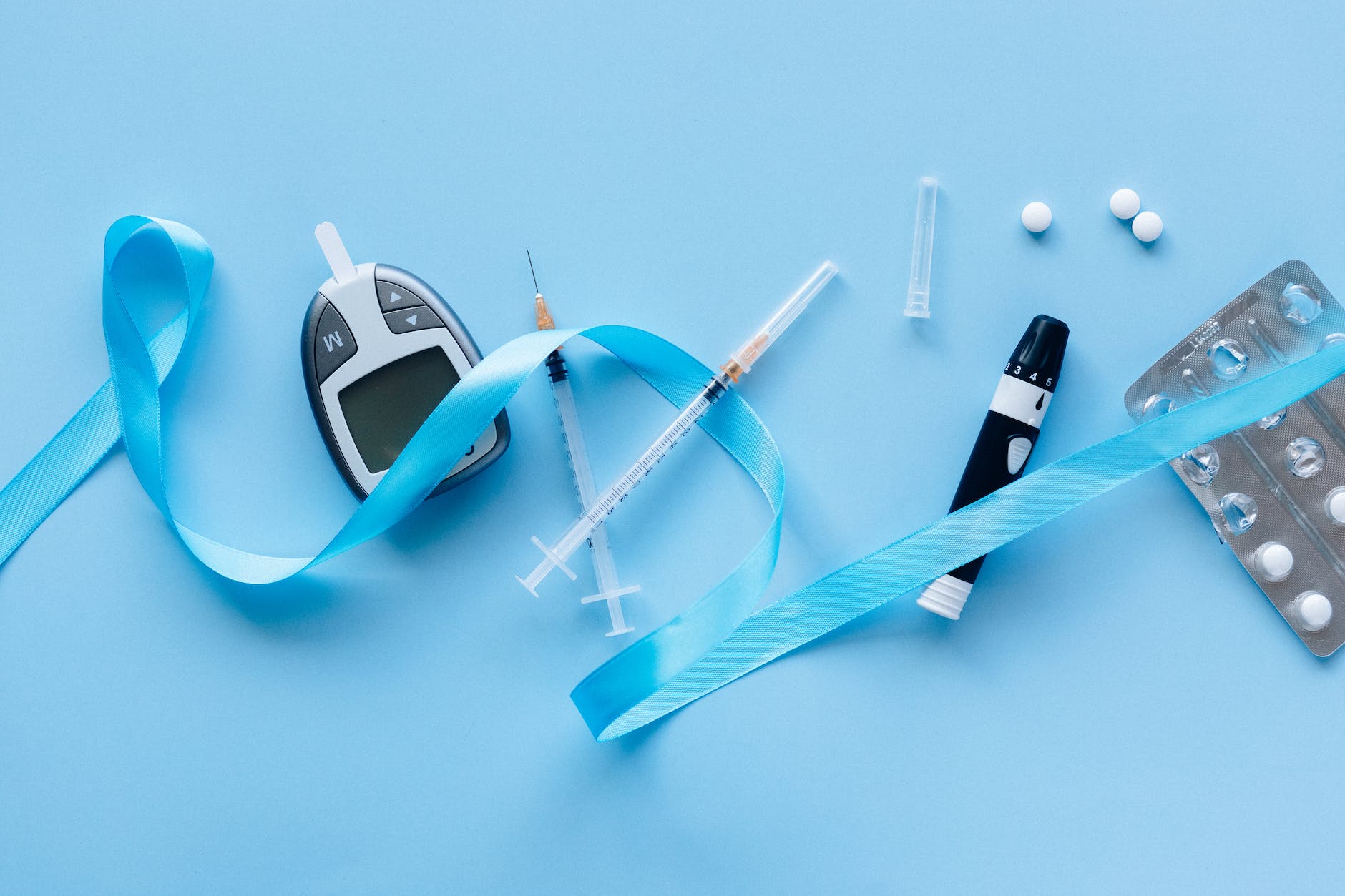Interpreting Blood Sugar Readings: Key Insights for Diabetes Care


Interpreting Blood Sugar Readings: Key Insights for Diabetes Care
Introduction
In the realm of diabetes care, understanding and interpreting blood sugar readings is of paramount importance. Effective management of blood sugar levels plays a crucial role in maintaining overall health and preventing complications. This comprehensive guide aims to provide key insights into interpreting blood sugar readings, empowering individuals with diabetes to take control of their condition and make informed decisions about their health.
What Is Blood Sugar?
Blood sugar, also known as blood glucose, refers to the concentration of glucose present in the bloodstream. Glucose serves as the primary source of energy for the body's cells and is obtained through the breakdown of carbohydrates in the food we consume. In individuals with diabetes, the regulation of blood sugar levels is impaired, leading to either high (hyperglycemia) or low (hypoglycemia) levels of glucose in the blood.
Importance of Monitoring Blood Sugar
Regular monitoring of blood sugar levels is vital for individuals with diabetes. It provides valuable insights into how well their treatment plan is working and helps them make necessary adjustments to maintain optimal blood sugar control. By monitoring blood sugar, individuals can:
- Detect Patterns and Trends: Tracking blood sugar readings over time allows individuals to identify patterns and trends in their glucose levels. This information helps in understanding how different factors, such as food, exercise, stress, and medication, affect blood sugar.
- Make Informed Decisions: Armed with knowledge about their blood sugar patterns, individuals can make informed decisions regarding their diet, physical activity, and medication. They can proactively take steps to prevent spikes or dips in blood sugar and avoid potential complications.
- Evaluate Treatment Efficacy: Blood sugar readings serve as a benchmark to assess the effectiveness of diabetes management strategies, including medication, diet, and lifestyle modifications. Regular monitoring enables individuals and healthcare professionals to determine whether adjustments are necessary to achieve optimal glucose control.
Interpreting Blood Sugar Readings
Interpreting blood sugar readings involves understanding the various measurements and ranges that indicate different levels of glucose in the blood. Here are the key components to consider when interpreting blood sugar readings:
1. Fasting Blood Sugar (FBS)
Fasting blood sugar refers to the glucose level in the blood after an overnight fast of at least eight hours. It provides insight into the body's baseline glucose control and helps in diagnosing prediabetes or diabetes. Normal fasting blood sugar levels typically range from 70 to 100 milligrams per deciliter (mg/dL), while levels above 126 mg/dL on two separate occasions may indicate diabetes.
2. Postprandial Blood Sugar
Postprandial blood sugar readings measure glucose levels after a meal, usually taken one to two hours afterward. It helps assess how effectively the body is managing glucose after consuming food. In individuals without diabetes, postprandial blood sugar levels generally remain below 140 mg/dL. However, for individuals with diabetes, target ranges may vary based on their treatment plan and healthcare provider's recommendations.
3. Hemoglobin A1c (HbA1c)
Hemoglobin A1c, commonly known as HbA1c or A1c, reflects an individual's average blood sugar levels over the past two to three months. It measures the percentage of hemoglobin (a protein in red blood cells) that has glucose attached to it. The higher the blood sugar levels, the more glucose attaches to the hemoglobin. The American Diabetes Association recommends an HbA1c target of less than 7% for most individuals with diabetes.
4. Target Ranges
Target blood sugar ranges can vary depending on factors such as age, overall health, duration of diabetes, and presence of any complications. It is crucial for individuals to work closely with their healthcare team to establish personalized target ranges suitable for their specific needs. By maintaining blood sugar levels within the recommended target range, individuals can minimize the risk of both short-term and long-term complications associated with diabetes.
Tips for Optimal Blood Sugar Control
Achieving and maintaining optimal blood sugar control requires a multifaceted approach. Here are some practical tips to help individuals manage their blood sugar effectively:
- Follow a Balanced Diet: A well-balanced diet rich in whole grains, lean proteins, fruits, vegetables, and healthy fats can promote stable blood sugar levels. Limiting the intake of sugary foods, processed snacks, and sugary beverages is essential for maintaining optimal glucose control.
- Regular Physical Activity: Engaging in regular exercise, such as brisk walking, cycling, or swimming, can enhance insulin sensitivity and improve blood sugar regulation. Aim for at least 150 minutes of moderate-intensity aerobic activity per week, along with strength training exercises.
- Medication Adherence: Take prescribed medications as directed by healthcare professionals. Adherence to medication regimens is crucial for achieving and maintaining target blood sugar levels. If experiencing any side effects or challenges, consult with a healthcare provider promptly.
- Stress Management: Chronic stress can impact blood sugar levels. Employ stress management techniques such as deep breathing exercises, meditation, yoga, or engaging in hobbies to reduce stress levels and promote overall well-being.
- Regular Monitoring: Monitor blood sugar levels as recommended by healthcare professionals and keep a record of readings. Regular monitoring helps identify patterns, trends, and any necessary adjustments to the treatment plan.
Conclusion
Interpreting blood sugar readings is a vital aspect of effective diabetes care. By understanding the significance of different blood sugar measurements and ranges, individuals can gain valuable insights into their glucose control. With proper monitoring, informed decision-making, and adherence to personalized treatment plans, individuals can achieve optimal blood sugar control, reduce the risk of complications, and lead a healthy and fulfilling life with diabetes. https://diabetescure4u.com/
- The Importance of Monitoring Blood Sugar: Exploring Readings and Implications
- Living with Diabetes: Managing Your Health and Lifestyle
- Diabetes Demystified: Understanding the Disease and Treatment Options
- Diabetes Control: Strategies for Blood Sugar Management
- Empowered with Diabetes: Taking Charge of Your Health and Well-being


